Housing NEXT Presentation 2025-10-09
At the beginning of the 2025-10-09 Planning Commission meeting Ryan Kilpatrick of Housing NEXT presented on the most recent housing needs update.
Note: The summary provided is my summary, not a quotation of Mr. Kilpatrick's presentation.
Demand
The demand for housing, and the correlated pricing, relates to two primary factors: (1) Grand Rapids has over the last decade created five times as many jobs as it has housing units and (2) the demand for walk-able amenity rich neighborhoods is unmet. Only 3% of the land use in west Michigan is neighborhoods, containing 9% of the population, while a majority of prime age citizens desire a neighborhood context. Repeated studies indicate that the majority of households will pay a premium for a neighborhood context, even in exchange for reduced square footage or yard space. More than half of the participants in the housing market desire what only 3% of the region provides. The city's inability [or refusal] to meet that demand, or permit the market to sait that demand, will continue to push prices higher. This is the natural consequence of scarcity. Those who drafted the current land-use regulations [zoning] could clearly foresee that outcome.
The demand for additional housing is the result of both people moving, and of household formation. Population growth, or lack thereof, is not indicative of housing demand. Unavailability of housing is a restriction on population growth. This is largely the inverse of how many people think about housing demand, hence you will hear "but there hasn't been significant population growth, how can there be all this demand?". Yet even maintaining a level population requires an increase in available housing. For example: when a child is born the population increases by one (1). Eventually that child grows up, becomes an adult, moves out of their parent's home and creates a new household, creating housing demand. The population in that process does not change, but the housing demand doubles from one (1) unit to two (2) units. The new adult in the housing market faces the competition of every other child-become-adult, newly divorced person, and anyone desiring to move into the same area. For each new housing unit created only one (1) of those persons win.
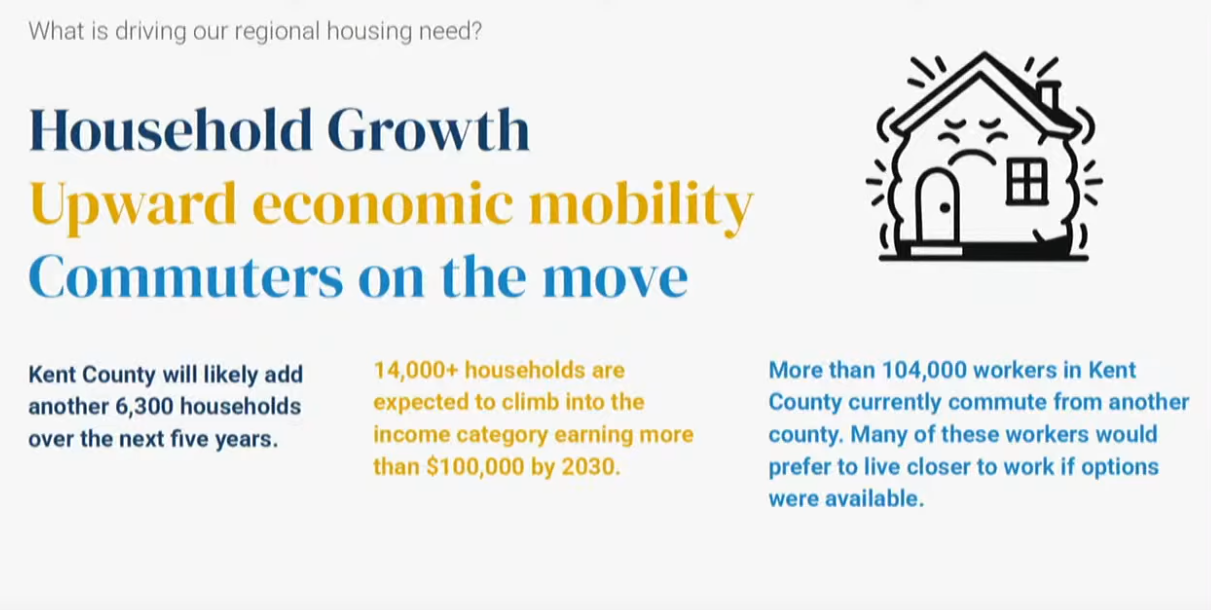 |
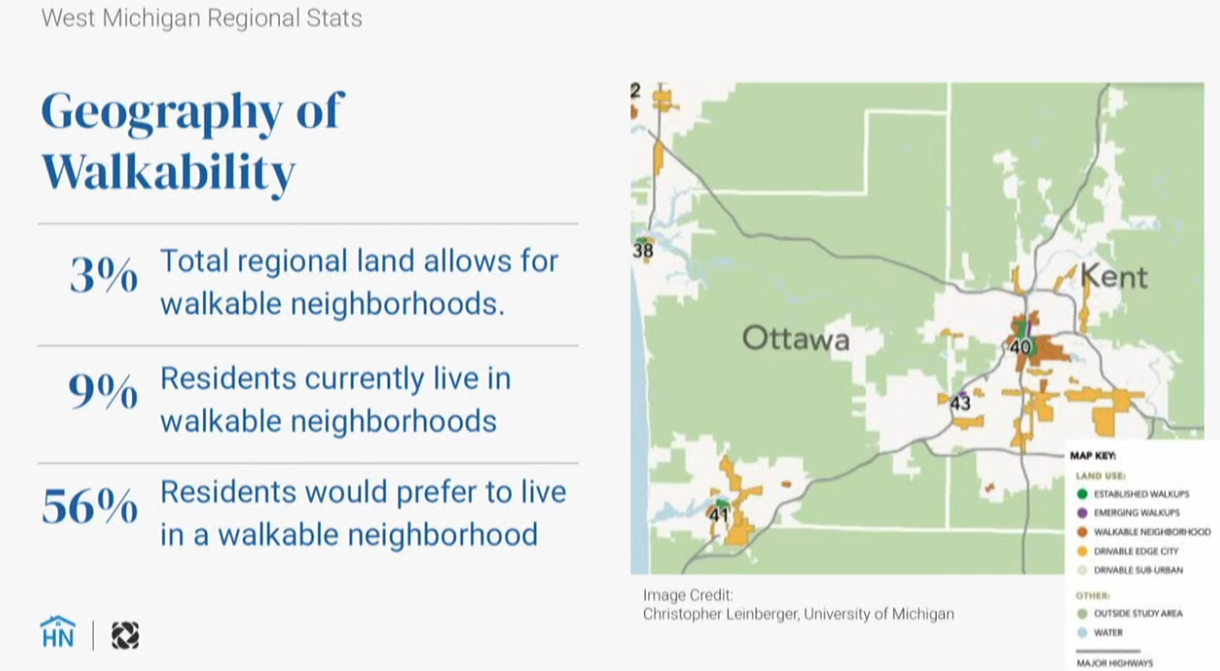 |
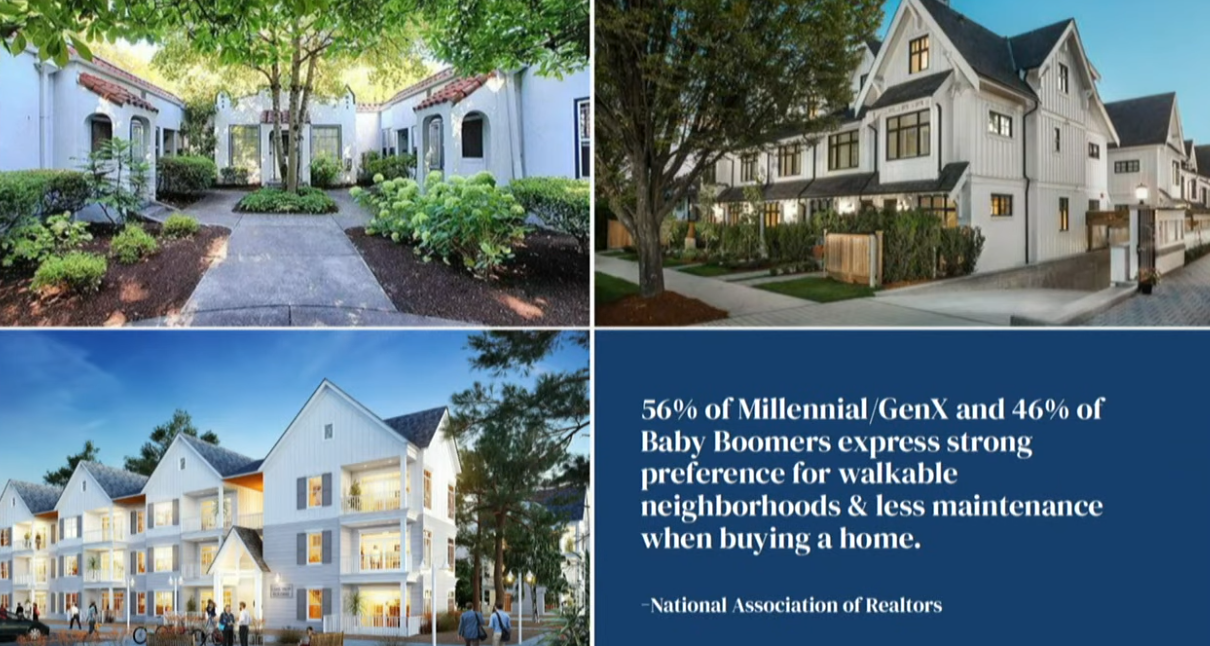 |
Rental
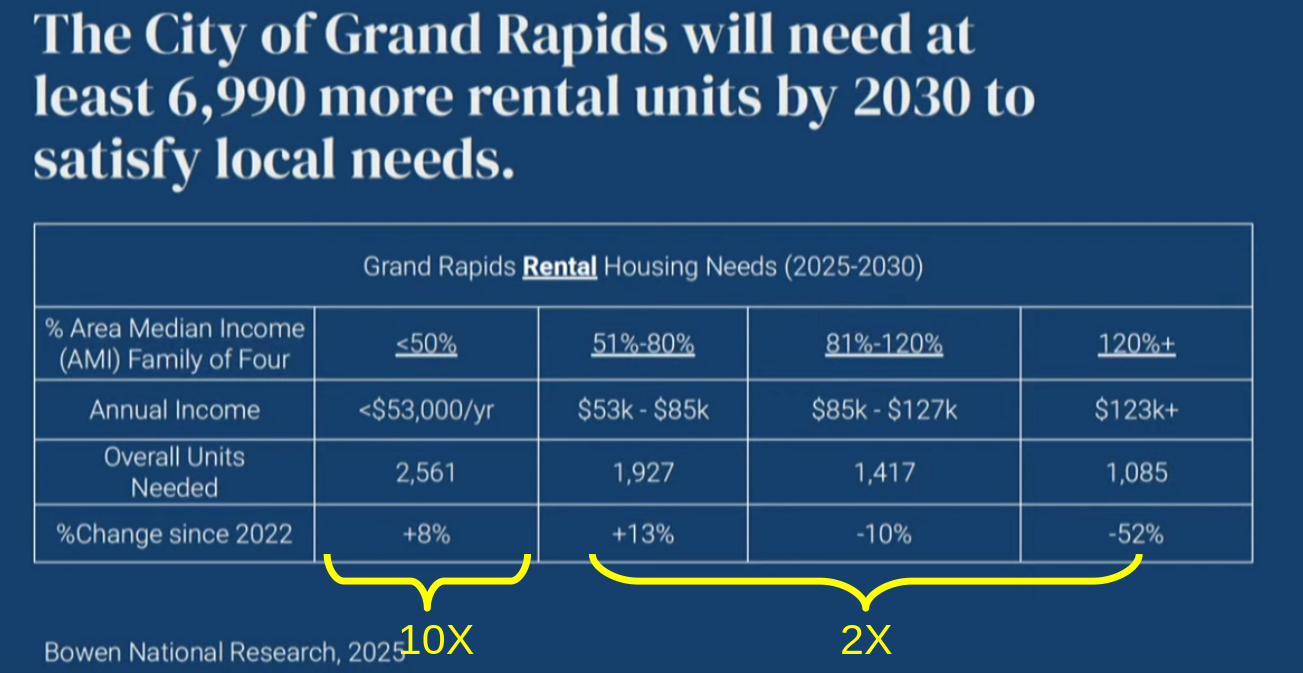 |
The demand for additional rental housing in the bottom two income categories - 50% & 51%-80% - has continued to increase. The city needs 21% more rental housing in those categories than it has. In higher income categories the demand still exceeds supply but the market has served those categories more effectively.
To satisfy demand the city needs to see construction for higher income households at a rate 2X the average of the last five years.
For the lower income categories construction needs to occur at a rate 10X the average of the last five years. Construction of housing in the lowest category is only possible with subsidy, given the cost of housing construction (~$250sq/ft). Increasing the production of housing in this category by 10X would require, at least, a 10X increase in subsidy dollars . . . however, the USA’s current Director of Housing and Urban Development (HUD) is a former NFL football player and “chief inspiration officer” of a tech company. Stated succinctly: that is not going to happen. Elections matter.
For Sale
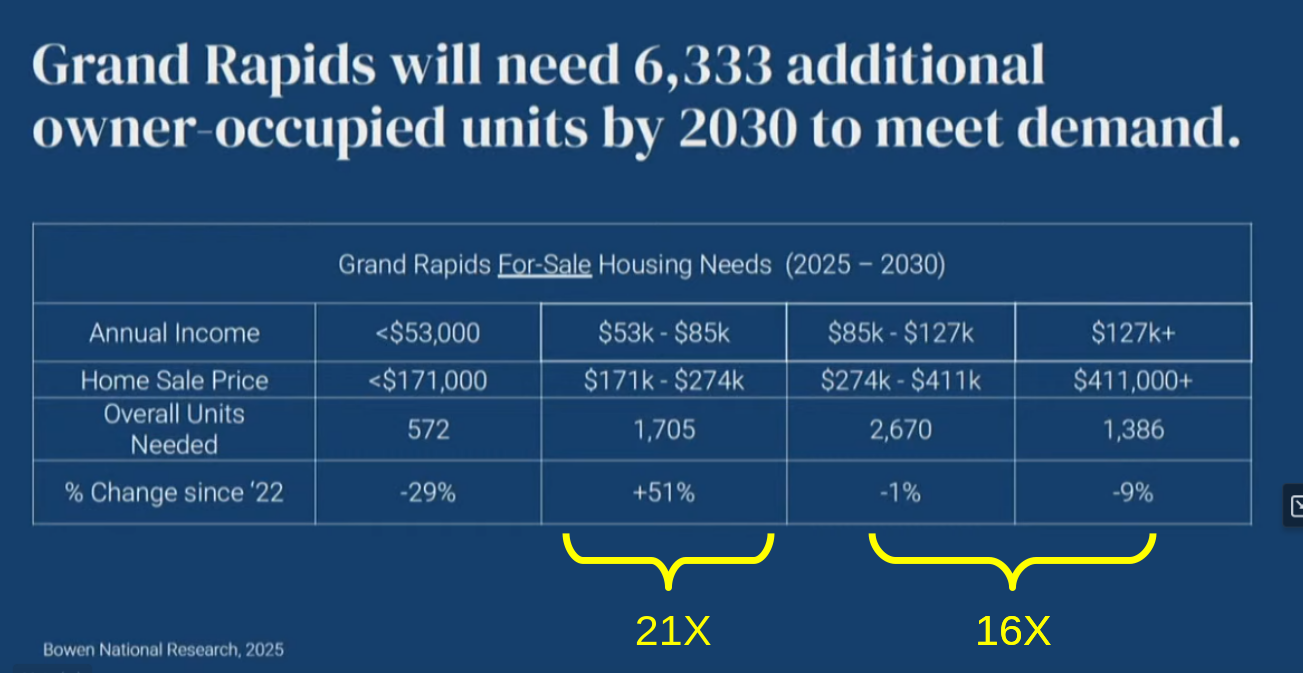 |
The for-sale housing sector is fairing better than the rental housing market, especially for higher income households. Yet the need for “entry level” for-sale housing for the bottom third of the middle-class has increased by 51%; that is those seeking homes in the $170K - $274K price range.
Aside: Pre-covid that tier of highest demand - $170K - $274K – included the average sale price of a house in Grand Rapids. The average sale price of a house in Grand Rapids is now $300k – mostly comprised of older homes which carry a silent ~$50K maintenance deficit.
The dramatic drop in demand in the lowest income band is driven by the inability to qualify for a mortgage which removes this tier of households from the for-sale housing market. Given the trend of economic conditions these households are expected to be long-term renters, which in turn compounds the demand for rental housing.
To satisfy demand for the upper income households the city would need to build 16X the average number of for-sale units which have been constructed on average in the last five years. To satisfy the demand for the middle income tier that number is 21X.
In recent history for-sale housing has meant single-unit detached units [aka: houses]. However, the city of Grand Rapids is built out, meaning there simple are not enough vacant lots suitable to that type of housing to have any meaningful impact relative to demand. The city will need to [finally] allow the transition from single-unit detached to a a greater variety of for-sale product. This means condos, townhouses, small houses, etc... Those other housing types potentially also address construction cost issues. Hopefully this liberalization will come in the new zoning ordinance, yet that will not arrive until 2028, although we have known what is necessary for more than a decade.
The Solve
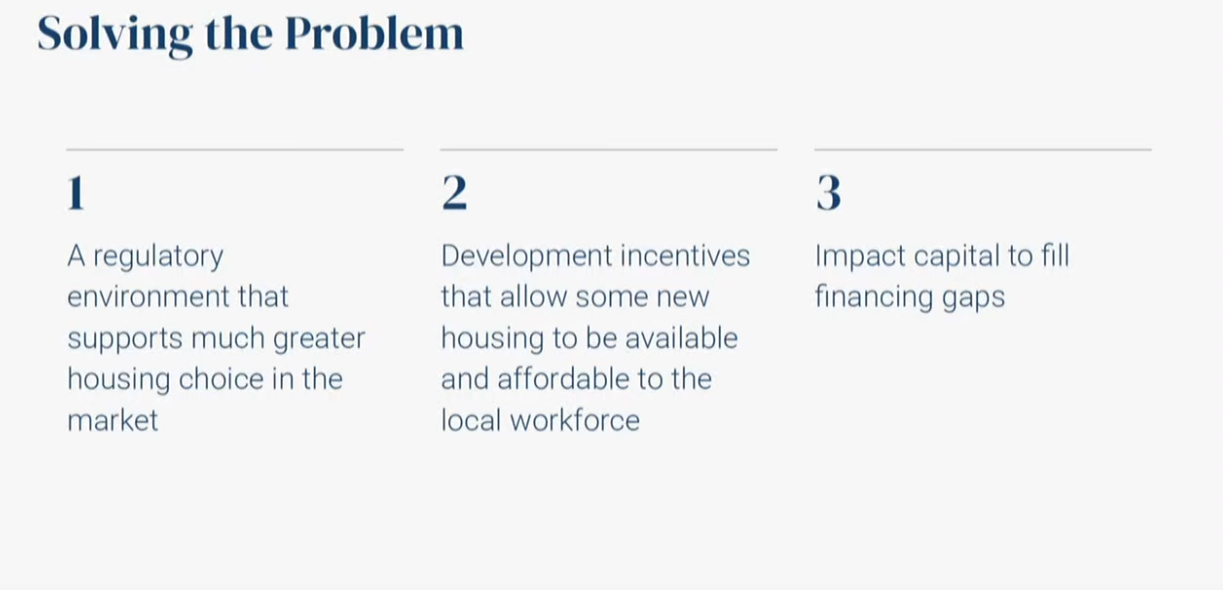 |
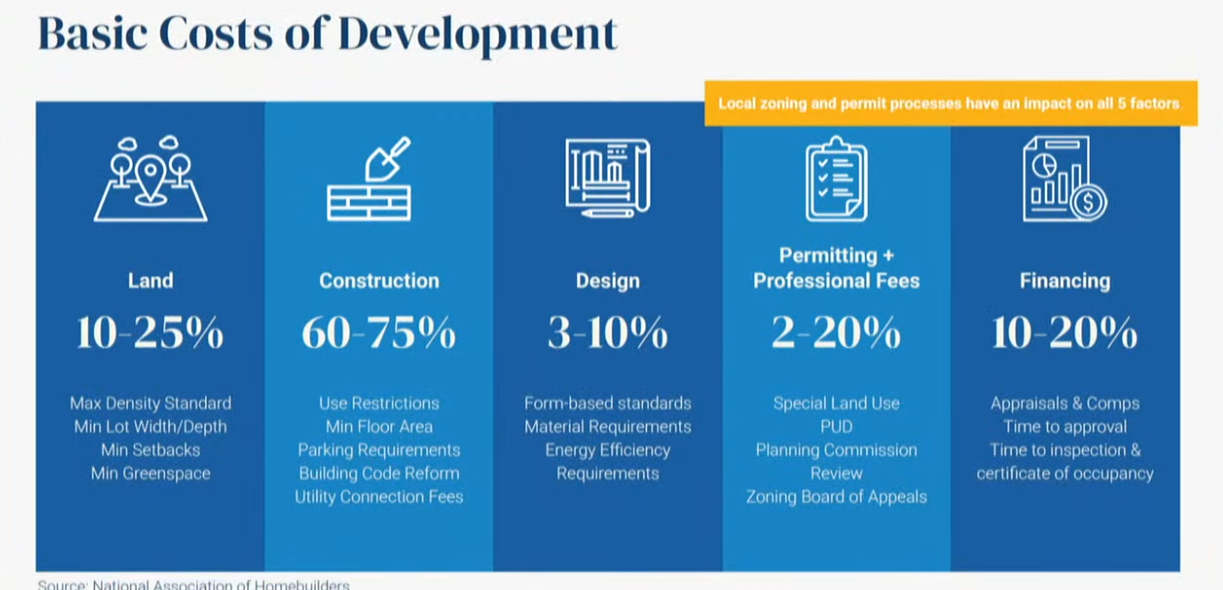 |
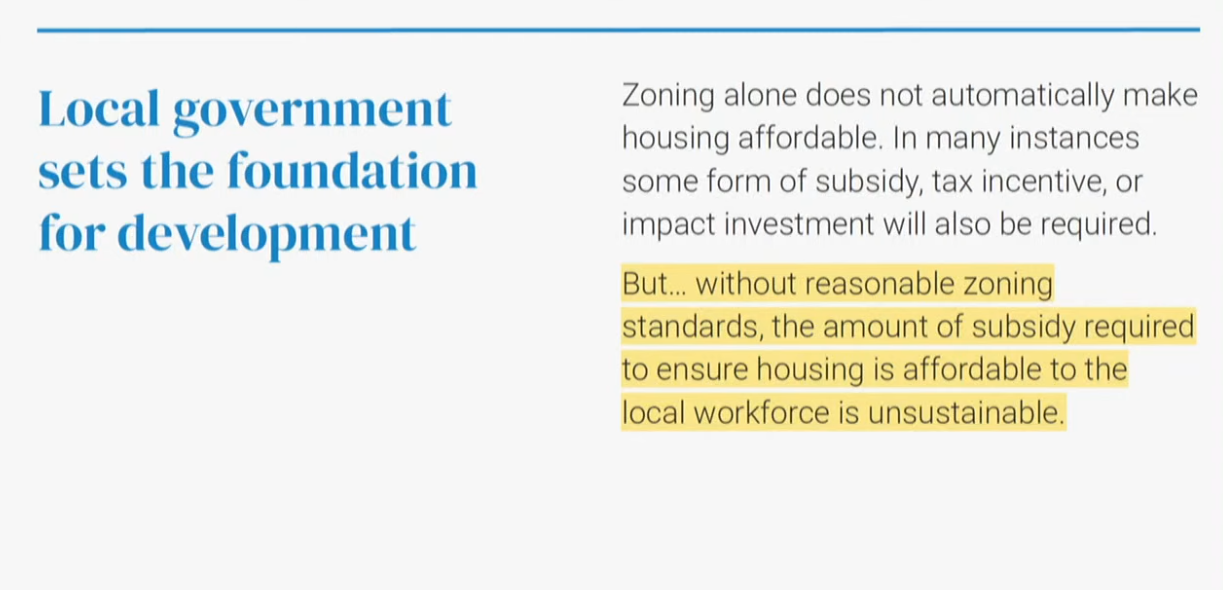 |
Step#1) Regulatory reform. The city needs a regulatory environment that allows for the construction of small homes, of attached homes, of homes-on-top-of-homes, of homes-under-homes, homes everywhere, and of every type. The solution is all of the above, the solution requires greater flexibility. This includes addressing set-backs, green-space requirements, density ratios, lot-width, etc... all of which impact the ability to use land efficiently. Also, of course, parking requirements.
Step#2) Ensure that incentives support what the community needs. Speed of approval and getting projects to market really matters; time is cost.
Step#3) Subsidies, whenever possible, via government or philanthropy. Importantly, it is challenging to go to philanthropy and ask for subsidizes while at the same time making housing more expensive by failing to address the first two steps. And, elections matter.
There is a great deal of wind blown about concerning land-use reform (step#1) being "necessary but not sufficient." Yes, that is why there are three steps. It's a bit odd to move the emphasis of a statement concerning solving a problem off of the word "necessary", a more appropriate emphasis is: "necessary, but not sufficient." As in, you have to do that part first. A critical step in a process is not diminished in its criticality by not being "sufficient".
Given that a tidal wave of subsidy is not coming, the urgency of getting the process underway is only increased. The longer we wait the more severe the problem becomes; that does not help anyone.
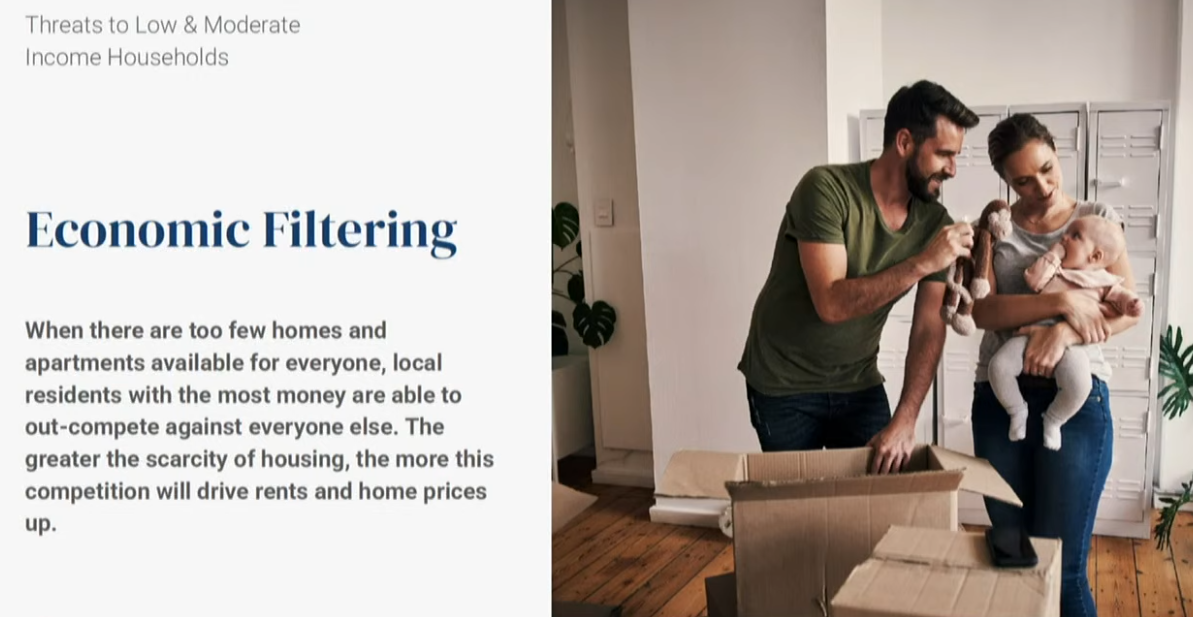 |
Because "filtering" is real. Higher income households will always have the advantage in the market-place, and if they don't have options they prefer, they will take less desirable [more affordable] options from the market and upgrade that housing. Because they can. This means having options for everyone - even those higher income households one might like to see served up with a side of fava beans and a nice Chianti - benefits everyone. Additionally when desirable "luxury" housing becomes available those households have the option of moving up the housing ladder, releasing their existing housing - probably older and lower cost - into the market.
Aside: No, this is not "trickle-down". Anyone referring to this as "trickle-down" would do well to read a wikipedia page. Ronald Reagan's "trickle-down" was primarily concerned with taxation and what the rich would do if they had more cash via lowered taxes. This, a conversation about the housing market, has nothing to do with that. Quite the opposite, new housing and luxury housing increases taxation which in turn is revenue for the state and the city to invest in things like Affordable housing, see Step#3 above.
Related
- Housing Step Down, StrongtownsGR
- Housing NEXT Needs Update (2025), UrbanGR
- The Housing-Ready City: A Toolkit for Local Code Reform, Strongtowns (PDF)
- Some Miscellaneous Housing Data From The Zoning Reform FAQ, UrbanGR
- The Myth Of The Out-Of-State Housing Hoover, UrbanGR
- Grand Rapids "Gets" Housing, UrbanGR
